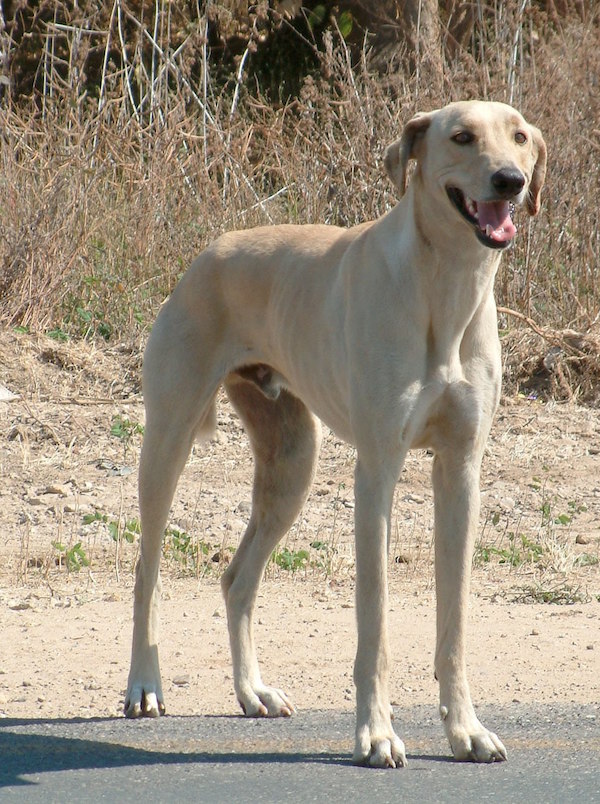
The Africanis would not be the first breed to be dismissed as as a common mutt, and in truth, the proverbial jury is still out on the subject.
The word, “Africanis,” has long been used to refer to all dogs native to Southern Africa, and it might be the one thing that everyone involved agrees upon. The Africanis Society of Southern Africa maintains that the Africanis is a landrace, and rejects the notion that there’s a need for the dog to be “Eurocentrically” regarded as an “emerging breed” by European canine institutions. The Kennel Union of South Africa, a member of the FCI, however, disagrees, and has recognized the Africanis as one of those emerging breeds through the efforts of Johan Gallant and Joseph Sithole, men who spent years studying and photographing the dogs. They determined that these dogs were not a “stew” of different breeds, but a unique breed with distinct appearance and behavior.
We have no proverbial dog in this fight, and simply present information on a beautiful dog that one day, if not already, is regarded as a breed.
The Africanis is believed to have descended from sighthounds that date to pre-dynastic times – 570 AD – and likely came from the Middle East first into the Nile valley, and then through trade and migration, into the Sahara and the Sahel. The dogs are still found in tribal areas. This is a fascinating breed, and you might want to read the DEMEANOR AND CHARACTER section of the Kennel Union of South Africa’s breed standard for a vivid description. It must be said, however, that at least one source maintains that the Africanis’ uniqueness is the result of natural, not human, selection, and that its phenotype was determined by a natural evolution to survive in Africa all on its own. As Gallant once said, “The Africanis is the result of natural selection and physical and mental adaptation to environmental conditions, it has not been ‘selected’ or ‘bred’ for appearance.” and “The beauty of this dog is embodied in the simplicity and functionality of its build.”
In other words, form following function.
Image found on Wikicommons
